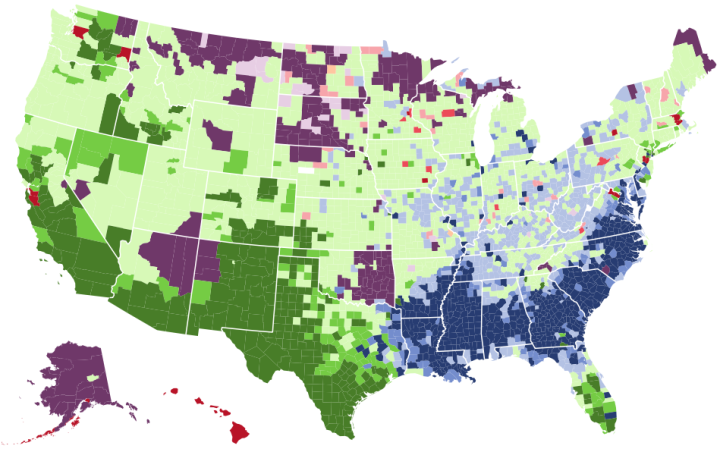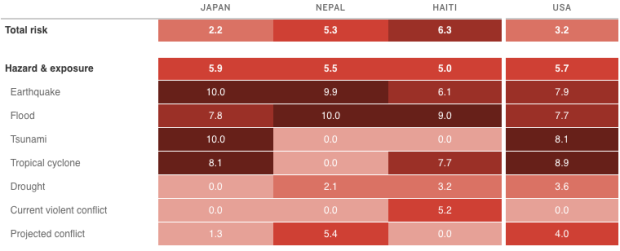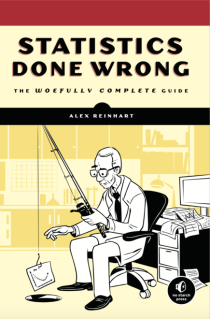An analysis by Raj Chetty of Harvard University and Nathaniel Hendren of NBER estimates increased income and education for poverty-level households, based on where one lives. The results are based on tax data — 1040 and W-2 forms — from the IRS, and the focus of the analysis is on those who moved from one county to another.
The main finding was that location matters. The Upshot mapped the results, with an article whose text changes based on the county you select.
Read More











 Visualize This: The FlowingData Guide to Design, Visualization, and Statistics (2nd Edition)
Visualize This: The FlowingData Guide to Design, Visualization, and Statistics (2nd Edition)










